2019 Art Brussels
- 四月 16, 2019
- Art Fairs, International Art Fairs
- Duration: 2019.01.18 (Fri.) – 2019.01.20 (Sun.)
- Opening Hours: (VIP Only Access: 11:00-12:00)
2019.01.18 (Fri.) 12:00-20:00
2019.01.19 (Sat.) 12:00-19:00
2019.01.20 (Sun.) 12:00-17:00
- VIP Preview: 2019.01.17 (Thu.) 14:00-21:00
- Venue: Taipei Nangang Exhibition Centre, Hall 1, M Area, Level 4
(No.1, Jingmao 2nd Rd., Nangang District., Taipei City 115, Taiwan) - Booth: F06
- Artists: HSU Chia-Wei
Hsu Chia-Wei Solo Exhibition-“Black and White” Project
Hsu Chia-Wei’s new project “Black and White” (2018) includes two works of art: Black and White – Giant Panda, a five-channel video installation, and Black and White – Malayan Tapir, a four-channel video installation. These works reflect on history and politics from the perspective of black and white animals.
Pandas can only be found in the mountains of Sichuan in China. In other words, all pandas in the zoos in other countries are from China. Pandas even became an essential diplomatic tool in the 20th century. China’s panda diplomacy goes back thousands of years to as early as 685 AD when Empress Wu Ze-Tian sent a pair of white bears and seventy furs of white bear (white bear here refers to giant pandas) to the Japanese emperor. Pandas were smuggled or traded from China at the beginning of the 20th century. The panda fever started when they appeared in the United States and Europe. They played an important diplomatic role in World War II, the Cold War, and still does to this day. Pandas also linked the complicated relationship between the United States, Europe, Russia, Japan, Taiwan, and China.
Lecture Performance, commissioned by the Arts Commons Tokyo in March 2018, was performed at the Taiwan Culture Center of the Taipei Economic and Cultural Representative Office in Japan. As a result of cooperation with the Japanese comic duo, panda’s lovely image is used as a material for comedy performance; meanwhile, the historical and political issues of panda diplomacy are described amusingly. In Black and White – Giant Panda, performance, historical materials, and the screen window viewing experience reflect and complement each other.
Another black and white animal, other than a giant panda, is a Malayan tapir. This animal is recognized by the zoological community and closely intertwined with the British East India Company’s colonization activities in Asia, including the development and infrastructure of the country. The development in Southeast Asia progressed when the British East India Company chose Singapore as a commercial base and started its modernization. As commercial development took place in Singapore, Europe also rapidly started to gather data and initiate the study of plants and animals also the establishment of museums. William Farquhar, the first chief of the British East India Company in Malacca, hired a Chinese painter to do large-scale mapping and sorting of species in Malaysia. As a result, a black and white creature, Malayan tapir, was recorded.
Due to the rapid development of biology, the naming and data recording of animals and plants had become a competitive field for many bio-lovers. However, Thomas Stamford Raffles, the governor of the British East India Company in Singapore, and William Farquhar, the chief in Malacca, stayed engaged in political competition and started scientific disputes. Their recorded collection of animals and plants at the time was shipped from place to place during the colonial era until it returned to Singapore to the National Heritage Board.
Black and White – Malayan Tapir, hopes to apply an encyclopedic narrative style to deal with the equality between people and non-humans, man and nature, and to explore the changes in the way modern people view images. The scenes switch from the National Gallery Singapore, the National Museum of Natural Science, Singapore Zoo to search engines and multiple windows. The political relationship between the history of the zoo in Southeast Asia and the colonial era leads to the drawing of a scientific painting, biology, civil division and the local legend of Malayan tapir.
This project, which focuses on black and white animals, will eventually include multiple sets of LCD TVs and various media such as photography and painting. All of this will be presented in this exhibition.
About Artist
Graduated from Le Fresnoy – Studio national des arts contemporains, France, Chia-Wei Hsu stresses specifically on the actionability underneath image creation when comes to the practice of art, while linking up the relationships of humans, materials, and places omitted in the narrative of the conventional history through establishing the incidents beyond camera.
Hsu has thrown solo exhibitions including Industrial Research Institute of Taiwan Governor-General’s Office at Liang Gallery, Taipei, Taiwan (2017), Huai Mo Village at Hong-Gah Museum, Taipei, Taiwan (2016) that was recognized by the Annual Grand Prize of the 15th Taishin Arts Award, Huai Mo Village Project at Art Basel, Hong Kong Convention and Exhibition Centre, Hong Kong, China (2016), and Position 2 at Van Abbemuseum, Eindhoven, Netherlands (2015). The artist has participated in exhibitions such as 2 or 3 Tigers at Haus der Kulturen der Welt, Berlin, Germany (2017), 2016 TAIPEI BIENNIAL – Gestures and Archives of the Present, Genealogies of the Future at Taipei Fine Arts Museum, Taipei, Taiwan (2016), HUGO BOSS ASIA ART at Rockbund Art Museum, Shanghai, China (2013), The 55th International Art Exhibition – la Biennale di Venezia: This is not a Taiwan Pavilion at Palazzo Ducale, Venice, Italy (2013), and Faux Amis / An Ephemeral Video Library at JEU DE PAUME, Paris, France (2010).
He and a group of artists also run an art space in Taipei: Open-Contemporary Art Center, an organization with functions of curation, creation, narrative, inter-disciplinary exchange, education as well as promotion of art that strives to seek every possibility to create communication in contemporary art. He is also the curator of Taiwan International Video Art Exhibition at Hong-Gah Museum, Taipei, Taiwan (2018) and THAITAI: A Measure of Understanding at Bangkok Art and Culture Centre, Bangkok, Thailand (2012).
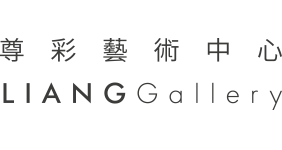





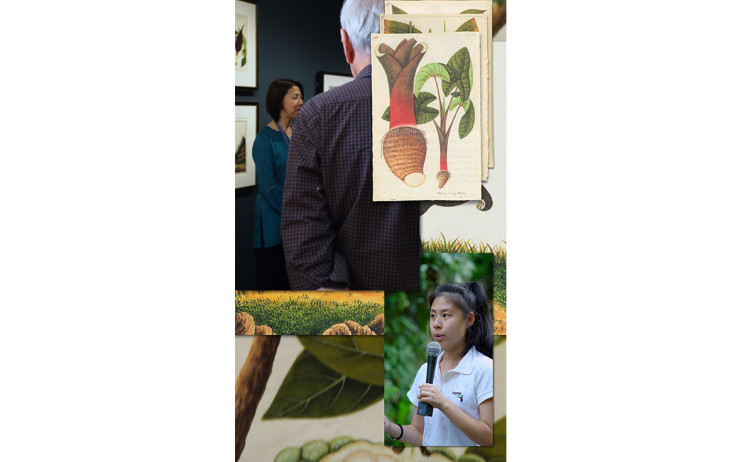
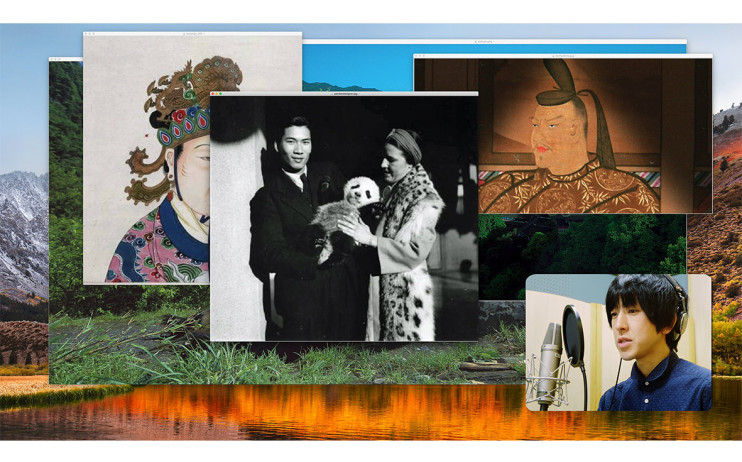
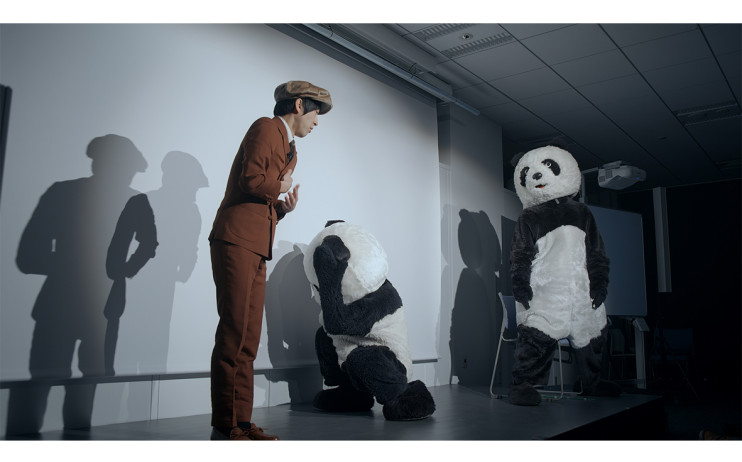
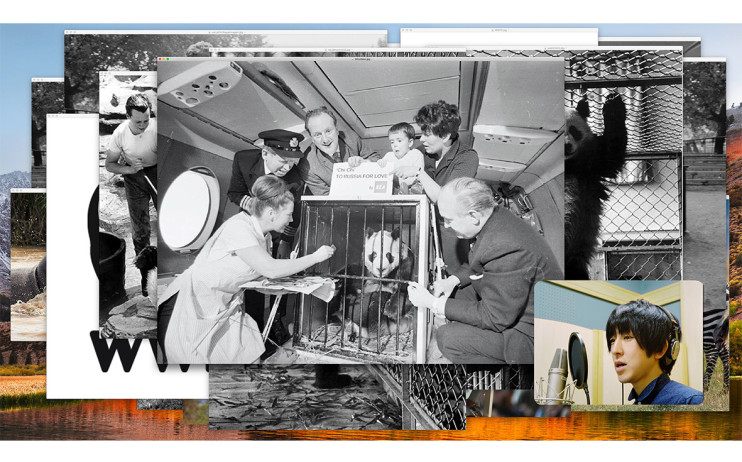
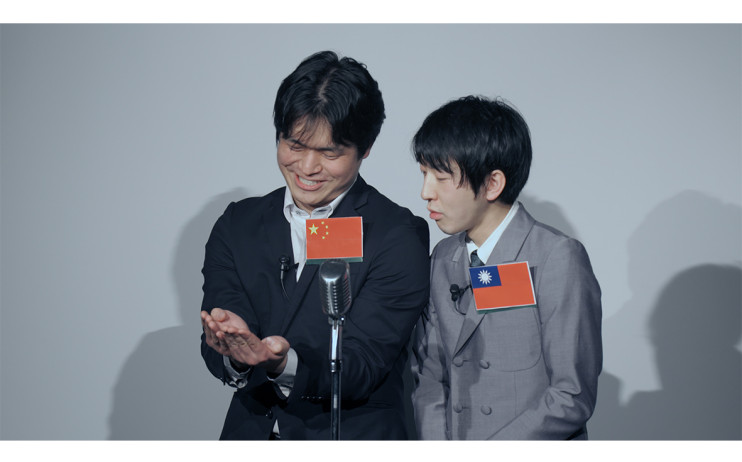
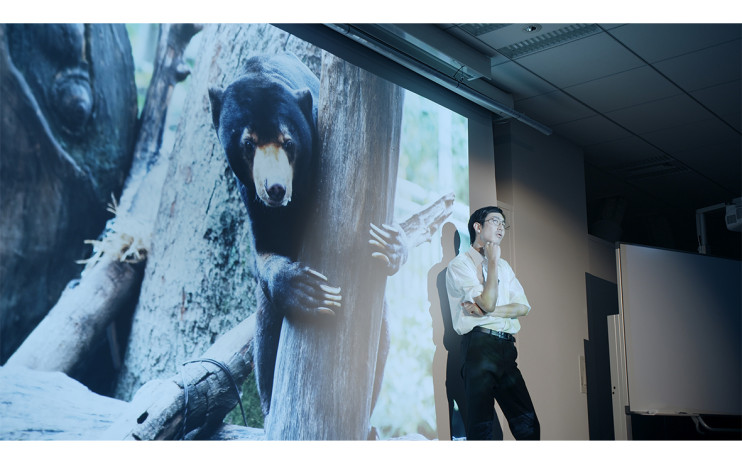
 Oder post
Oder post